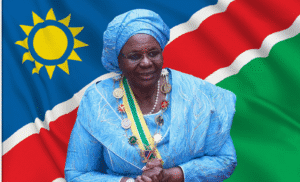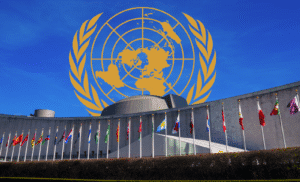In submitting its updated nationally determined contribution (NDC) ahead of COP30, the European Union (EU) aims to reaffirm its climate leadership. However this step also exposes internal tensions, implementation challenges and risks of falling short of the ambitions set out under the Paris Agreement.
A Revised Pledge With Caution
The EU has approved an updated NDC covering the period up to 2035 that will be submitted to the United Nations Framework Convention on Climate Change (UNFCCC) before COP30. The new target confirms the existing goal of a 55 % reduction in greenhouse-gas emissions by 2030 (compared with 1990 levels) and introduces an indicative range of a 66.25 % to 72.5 % reduction by 2035.
Importantly this new commitment is described as an “indicative contribution” rather than a rigid binding target: it leaves space for future adjustment, according to the Council of the European Union.
Implications for internal coherence and global leadership
On one hand, the submission of a 2035-target is a necessary step for the EU to remain relevant in the global stocktake cycle of the Paris Agreement. The UN emphasises that NDCs reaching to 2035 are expected in this round to align with the latest scientific advice, according to the UNFCCC.
On the other hand, the fact that the EU opted for a range rather than a fixed number signals internal divisions among member states about the pace and scope of decarbonisation. Observers note that the 66.25 %–72.5 % range falls below what many analysts regard as compatible with a 1.5 °C trajectory for a bloc aiming for net-zero by 2050.
This duality affects the EU’s credibility as a climate frontrunner. Internally, it must align its 2030, 2035 and 2040 climate laws, policy mechanisms, industrial transition and finance flows into a coherent strategy. Externally, as other major emitters await the bloc’s lead, a weak signal risks dampening momentum globally.
Implementation Risks and Strategic Trade-Offs
The indicator nature of the 2035 target means that actual policy implementation must ramp up across transport, energy, industry and land-use sectors. Analysts caution that without stronger 2030 actions and clearer sectoral breakdowns, the ambition of the 2035 range may not translate into real reductions.
Moreover, the EU’s parallel efforts to finalise a 2040 target of a 90 % reduction (compared with 1990) and how it may employ international carbon credits raise questions about the integrity and domestic ambition of the pathway.
The strategic trade-off is clear: by leaving flexibility in the 2035 range the EU keeps options open for cost considerations and industrial transition, but that flexibility may erode the signal of urgency that climate science demands.
What Happens Next?
The next major steps will be the technical detailing of how the EU intends to deliver the 66.25 %-72.5 % target, the passing of a binding 2040 target and the ability of member states to agree on distribution of responsibilities and finance mechanisms. In parallel, the world will watch how other large emitters respond: the EU’s stance may influence whether a new wave of ambitious NDCs emerges from G20 nations at COP30.
If the EU can align policy speed with rhetoric it can regain climate leadership; if, however, its indicative targets lead to delay or compromise, the bloc may risk becoming a follower rather than a driver of the global transition.
In essence, while the EU’s updated NDC signals progress, the real test lies in whether it can turn that signal into swift and credible action.
















